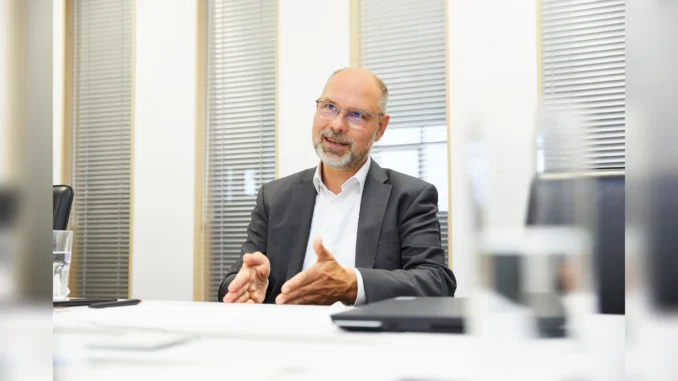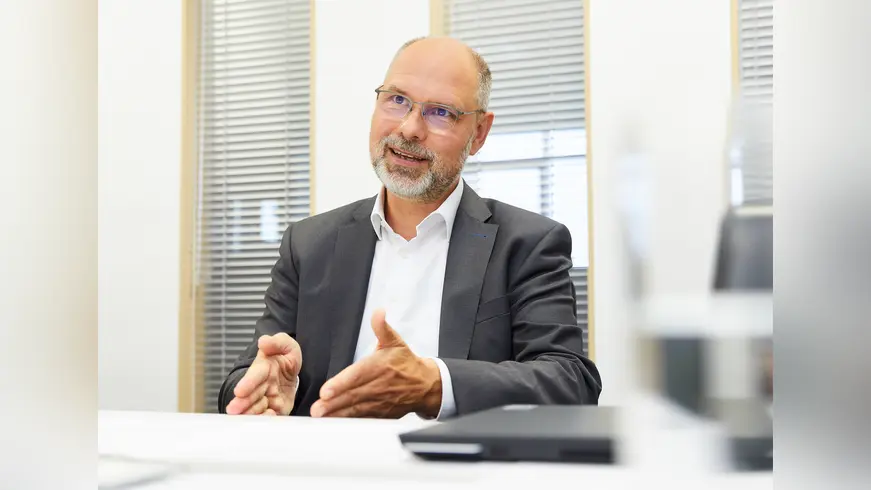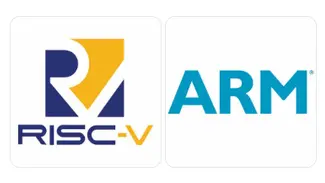
The market for software-centered mobility will change dramatically. New business models and strategies are therefore also necessary for traditional suppliers such as Valeo in order to successfully master this transformation. In an interview with AEEmobility, Joachim Mathes, CTO of the Valeo Brain Division, explains which business models Valeo is planning for software-defined vehicles in the future.
AEEmobility: Mr. Mathes, in the future, the industry will evolve from traditional OEM-supplier relationships to collaborations with many players in the value chain for SW-centric mobility. What role does Valeo see itself playing in this?
Joachim Mathes: In today’s automotive industry, various complementary models are necessary. In the past, a single system supplier was responsible for all duties and responsibilities. In the future, I believe there will be several complementary models that are ultimately based on four pillars – hardware components, architectures, software stacks and services. A software-defined vehicle (SDV) also consists of hardware components such as cameras, radar and LIDAR sensors or head-up displays. In addition, different computer architectures such as domain, zone or central computers are relevant. We are currently developing these hardware platforms worldwide together with our customers.
In addition to the hardware, software components play a central role. This starts with the hardware-related middleware. All elements are designed to be modular so that they complement each other and take into account critical signal flows in terms of latencies or bandwidths. For example, an environment perception module can be detached from the software stack, while the vertical integration of the environment model, data fusion and customer functions continues to be offered in full. Another important aspect in this context is services such as system integration and system validation. We view the software platform as a service and also offer this functionality separately for our customers.

Joachim Mathes is CTO of Valeo Brain Division.
How is software as a product and service (SaaS) in the „software-defined vehicle“ changing the business model for car manufacturers and end customers?
I cannot predict what the business model for software-defined vehicles (SDVs) will ultimately look like. What is clear, however, is that we are in a period of change and that existing models cannot simply be transferred. The expectations of end customers are already changing, which is also forcing car manufacturers (OEMs) to react. Today, revenue from the sale or licensing of software is often estimated at very high amounts. On the other hand, end customers are unwilling to pay for pure software functions. I am concerned that mobility, i.e. the purchase and operating costs of a vehicle, is becoming increasingly expensive and there is hardly any room for maneuver at the top. Nevertheless, SDVs must have standardized hardware that has a certain overhead for functions that will only be integrated in a few years‘ time. These expenses have to be made and paid for today. The further development of the software, for example in terms of cyber security, also requires investments that are not currently included in the business model. I do wonder who will bear these costs in the future.
Competition in the SDV sector is intensifying as new players such as technology companies and software developers enter the market. How can Valeo differentiate itself from such competitors?
We are an automotive company with a 100-year history and know the needs of the industry very well. A car is not a smartphone on wheels, because who owns a smartphone that is over 10 years old? Compared to consumer electronics, vehicles have much longer life cycles. The average age of vehicles worldwide is well over 10 years. It is therefore important to keep vehicles on the road safely for such long periods of time. We see ourselves as a trusted partner to OEMs because we understand the entire vehicle and its subsystems. This puts us in a good position and sets us apart from pure software companies that may have emerged as start-ups. Although we are in competition with such companies, our business model is based on the four pillars mentioned above, which support each other. This is of great value to car manufacturers.
You joined the SDVerse Vehicle Software Marketplace at the beginning of the year. What is the status? Are there any initial projects here yet?
The Marketplace is a completely new approach to buying and selling automotive software that is available to all OEMs, suppliers and other companies with relevant software offerings and tools. It is very important to develop new models of collaboration and leverage economies of scale across different OEMs. With the Marketplace, we also want to try out and test new things. Initially, we will offer simple modules from our range for sale to see how they work in practice. We want to find out how well buyers get on with them and how much effort we need to put into support. For this reason, we are also involved with Eclipse SDV.
Valeo has joined founders GM, Magna and Wipro and other launch partners to bring together software developers and mobility players in a matchmaking platform aimed at transparency and interoperability. The platform, called SDVerse, aims to revolutionize the automotive software sourcing process by providing a matchmaking platform for buyers and sellers of embedded automotive software. Valeo, which has one of the largest software offerings in the market, including embedded software as well as software-as-a-product and software-as-a-service, will contribute its software solutions to the newly announced platform later this year.
What fundamental changes in processes, methods and tools do you believe are necessary for the implementation of the software-defined vehicle? What role does open source software play at Valeo?
Basically, I would like to see a lot more open source, because I believe that this will enable us to regain the efficiency that we have achieved in the past and which is currently being called into question to some extent. With open source, we can leverage synergies and be attractive to developers. There are already several open source initiatives, such as the Eclipse Foundation, which are widely supported in the industry but do not yet have the appeal for OEMs. What I currently see is that OEMs tend to bring proprietary solutions onto the road. I think it is difficult to predict when the pendulum will swing in the direction of open source. But it is definitely the right direction. That’s why we at Valeo are also involved in the relevant working groups for open source software.
Chinese manufacturers already seem to be further ahead in this area.
I agree with that. The Chinese government in particular is providing strong impetus. I fear that we are falling behind somewhat as a result. We Europeans often lack the speed, determination and also a certain amount of willingness to take risks in this area.
How does Valeo guarantee the scalability of its software solutions across different vehicle classes and models and how is compatibility with different hardware systems and different software components ensured?
The market will divide into different segments with different functions and prices. A solution that is optimal for one segment is not necessarily suitable for others. It is not economical to develop separate hardware and software for each segment and each region. In this respect, the increasing decoupling of the Chinese market is also an economic challenge. However, another important question is to what extent the software should be optimized for the hardware. We must not forget the life cycle of the vehicles. What happens to a chip that is 10 years old? If the software is strongly adapted to the hardware, the chip must still be available in 10 or perhaps even 20 years or the software must be supported for that long. Business models from the consumer sector do not always fit in the automotive sector. As mentioned at the beginning: who has a 10-year-old smartphone? That is why we rely on standardized hardware, a modular architecture and software as well as an abstraction of hardware and software, as far as this is technically possible. This means that hardware upgrades can be carried out easily at a later date, e.g. using interchangeable modules or cartridges. For the end customer, this means that in future they can have a hardware update carried out by the retailer. However, the software must also allow this. We are currently developing such concepts.
You mentioned the long life cycle of vehicles. What challenges does this pose in terms of cyber security with the increasing connectivity of vehicles and the use of over-the-air updates? Where do we stand
today?
Everyone involved must consistently implement the ISO standard. We have seen that vehicles have had to be withdrawn from the market or are no longer being sold if security standards are not met. I believe that the principle of „security by design“ will be better implemented with the next electronic architectures. However, as I mentioned at the beginning, I am concerned about pricing. What is an end customer prepared to pay for security? Probably nothing. However, OEMs and Tier 1 suppliers have costs that need to be covered. Therefore, it is necessary to monetize the software. I can’t yet say exactly what this will look like. However, an important step in this direction is the use of common standards in order to reduce effort and costs. (oe)
Mr. Mathes, thank you for talking to us!
The interview was conducted by Klaus Oertel, Editor-in-Chief of AEEmobility
Valeo and Seeing Machines, a company that develops AI-powered driver monitoring systems, recently announced a strategic collaboration for driver and occupant monitoring systems. As part of this agreement, Valeo will transfer its driver monitoring software activities to Seeing Machines. This activity, resulting from the related acquisition of the German start-up Asaphus, owned by Valeo, will now be managed by Seeing Machines. In addition, Asaphus will expand the Seeing Machines team with IP and data as well as a small, highly specialized development group.




